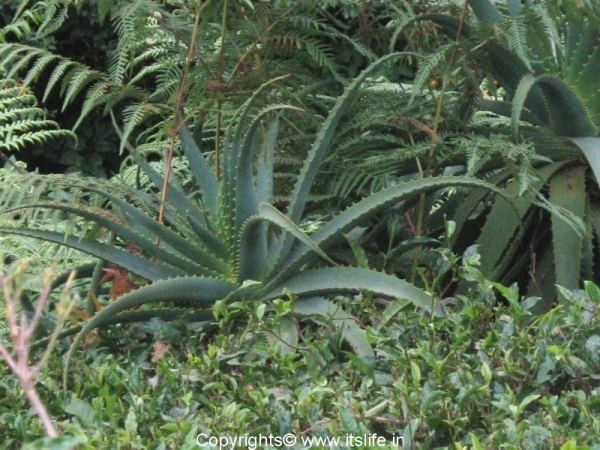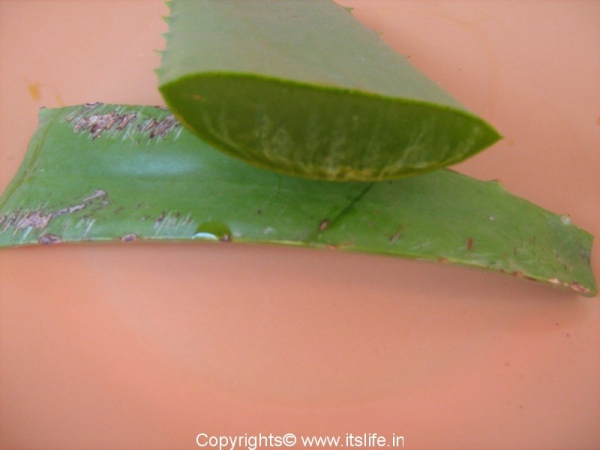Aloe Vera known as Lole sara in Kannada was known to us even before it came to the forefront in all health care advertisements. There was an Aloe plant in my maternal grandfather’s house in Kurtakoti and when we visited during summer holidays, a leaf would be taken from the plant and the gel would be applied on the hair as a pack before washing the hair.
Aloe Vera belongs to Xanthorrhoeaceae family and is now very popular on the shelves of any plant nursery, medical shop or a super market. It is native of Arabian Peninsula and close relative of Dragon trees (Dracaena) and Aeonium. Other common names are Burn Aloe, First Aid Plant, Chinese Aloe, Indian Aloe, True Aloe, Barbados Aloe. Vera means true.
It is a succulent plant and can grow to a height of 4 feet. Leaves are green or grey, thick, and fleshy with white flecks. Leaf margin is serrated and has white spikes. The flowers bloom in summer on a spike of around 3 feet tall, yellow to orange, tubular around 1.2 inches long.
As Aloe contains phytochemicals, nutrients, minerals, vitamins, amino acids, and active enzymes, it is beneficial for hair, health and skin. Hence it is known a miracle plant.
Uses:
Aloe Vera is grown as an ornamental plant. It is also grown for cosmetic and medicinal purpose. The inclusion of Aloe Vera in cosmetics is mainly due to the moisturizing effect. Aloe is also used to prepare energy drinks. Aloe Vera is sold as cream, gel, powder, and juice.
Traditional medicine uses this plant to cure burn wounds, lower sugar and lipid levels, constipation, menstrual cramps, intestinal issues, boost immune system, treat inflammation and respiratory disorders.
Propagation:
Aloe Vera grows in almost all types of climates and soils. It is resistant to most insects and pests, but keep a watch for slugs. Grow in part sunny or full sun. Extra growth known as Pups from the mother plant can be divided and repotted into other pots. Water when the potting material is completely dry.




